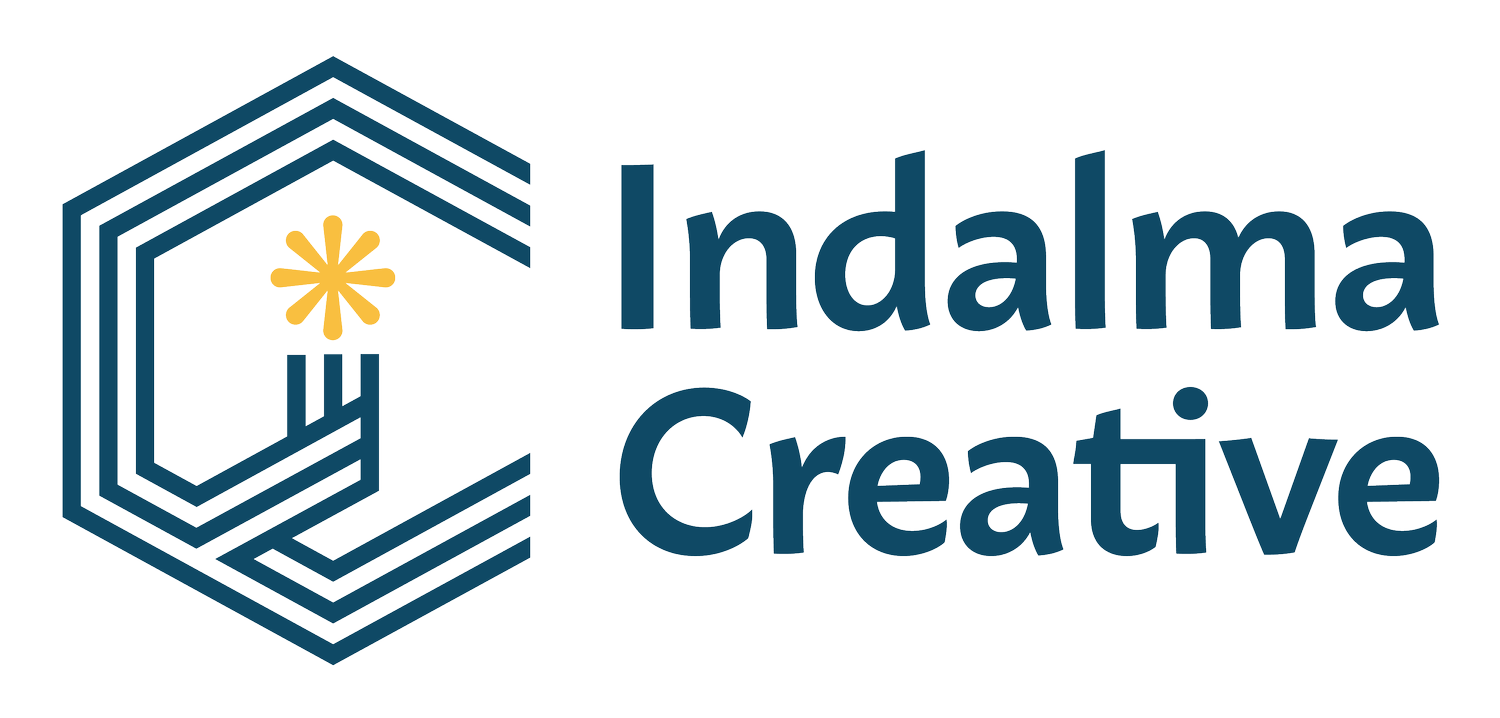2020/2021 Our Favourite Design & Marketing Trends
Top trend 2020: creativity and resilience in the face of the pandemic
When the pandemic struck in the spring of 2020, local businesses got busy figuring out how to survive while their storefronts were closed: from curbside pickup, to online yoga classes, to coffee delivery by bicycle. As our understanding of the virus grew, and health orders and market habits changed, small businesses continued to pivot in their business practices and offerings.
Our favourite trend of 2020 has to be the flexibility, creativity, and resilience shown by people and businesses alike, as our usual ways of connecting, exploring, and working were shut down. Our big shout out for the year is to every small business owner who got up each morning and tackled another difficult day. We know it’s not over yet: But. We. Are. Here.
One of the local small businesses we watched with interest was the Urban Rack. The owner, Caylea, began shooting Insta Stories from her home closet when she was stuck at home during the early days of lockdown. She showcased individual clothing pieces and complete looks, and began to sell inventory through her social channel. Once her store opened up again she continued filming, and the Urban Rack’s social following has grown as engaged followers track her style sense and new product reveals.
Website design: illustration that makes sites unique and memorable
We saw more illustration being used in website design in 2020 and we loved it! When used in combination with photography, it adds a creative and imaginative touch to websites.
A great local example of this is Stanley Park Brewing, which uses illustration on its site to create an interactive experience. As you scroll down their home page, the lights of Lions Gate Bridge twinkle in the background, clouds drift lazily by, and the background shifts like stage scenery. Park scenery bursts from behind beer cans as you mouse over them on the “Our Beer” page.
Similarly, Great Jones Goods combines illustrations with fun photography on their home page to increase user engagement. Cooked food is added to dishes as you mouse over them, increasing the sense of discovery and delight.
Here are two more examples: one from an Italian gelateria that uses an unusual sideways scroll, and another from Handwrytten, a company that handwrites (via robots) notes and letters for users and then mails them! It’s fun, it’s engaging, and illustration is something we hope to see more of in 2021.
Thought leadership: design as a tool for social change
2020 gave us so many things to think about, and so much time to do it in. The pandemic wasn’t the only thing on our minds, longstanding social issues came to the forefront. In our own industry, this talk by Antoinette Carroll of Creative Reaction Lab, and Design and Diversity, got us thinking about our own roles as creative professionals, and our ability to use our skills to make an impact in our communities.
She presents the idea that creative professionals should be at the table with activists, institutions, and community members to help create solutions to social problems, because we’re an industry that’s used to “creating something from nothing”. Take a look at this series of images created during a design challenge to counter the prevailing media narratives around victims of police brutality in St. Louis, Missouri. The work repositions the victims as people who could live on your street, who are sisters, brothers, parents…
Carroll also asks us to examine whether, as an industry that is predominantly White (71% White and 3% Black in the U.S.), we are actually designing for the larger community, or for a specific community. She’s not just talking about the BIPOC population, she’s talking about people with differing abilities, gender identities, sexual orientations etc. You only have to look at stock photography and illustrations to begin to get a sense of the problem.
Between industrial, urban, UI/UX and traditional graphic design, designers touch an enormous number of industries. Ensuring that we are designing “for all” will require more diverse representation within our field, an increase in our own awareness, and a willingness to sit at the table as design allies, rather than design leads, when working with communities in which we have no lived experience.
Brand honesty: the call for commitment rather than campaigns
2021 will see calls for more brand honesty. There will be less tolerance for “woke-washing”, “green washing” and other kinds of lip service to social and environmental causes. Consumers, particularly in the younger demographics, will be more likely to call out temporary initiatives by brands hoping to capitalize on a moment, instead of initiating real and sustained change.
In 2020, the urgency of the pandemic lived side-by-side with an increasing number of devastating climate-driven events. If the vaccines of 2021 prove effective, attention will turn to solutions-driven products and companies that are committed to sustainability and innovation, rather than “one-off” green campaigns. Consumers will be looking for green brands, not green campaigns. More than a trend, this movement towards real commitment from companies, represents a long overdue change.
Colour trends: hues that offer a sense of hope and optimism
For 2021, the colour of the year is mellow yellow. With so much time spent indoors in isolated groups, the warmth and simple joy that sunlight brings has never felt better. Need we say more?
Looking for more ideas from StudioTalk?
StudioTalk is our free, quarterly newsletter full of practical design, branding, and customer relationship-building ideas to help you grow your business.








